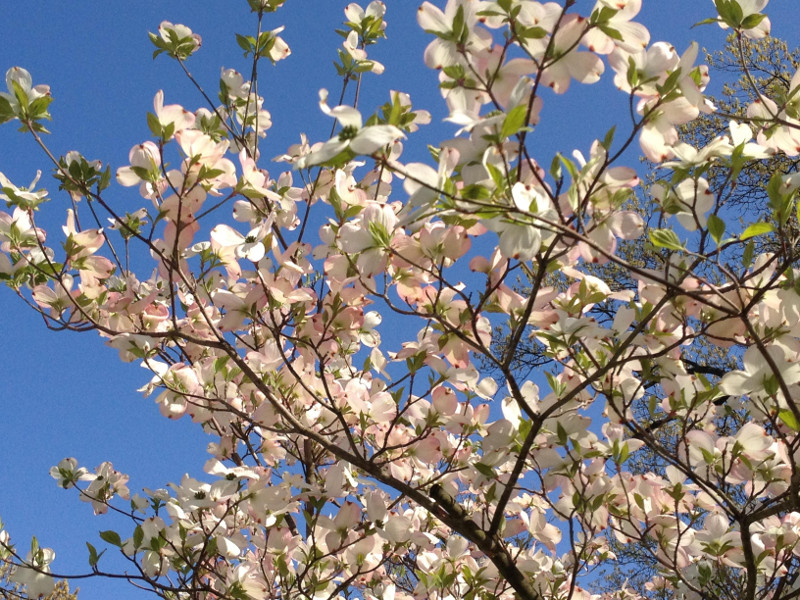Dogwoods are welcoming flowering trees, or bushes, that if cared for properly can provide a warm and beautiful start to spring in your backyard. If dogwoods are planted in soil or in an area not optimal for their natural growth behavior, their potential, and overall value to your natural surroundings can be hindered. Fertilizing dogwoods can help mitigate any lack of nutrients, while also giving your dogwood the best chance to bloom to its full potential.

If a dogwood tree or bush is flowering beautifully, and has demonstrated proper life cycles year after year, this plant is likely receiving the correct nutrients and standard of care. This would especially be true if the dogwood is native to the area, where it’s genetically prepared to grow. Mature, established dogwoods can likely be left alone unless the tree or bush isn’t producing flowers, or has other life cycle detriments. Newly planted dogwoods don’t need fertilizer, but they do need proper moisture compatibility with mulch to ensure the root ball has enough moisture to establish. Sick dogwoods should be analyzed, and rehabilitation will likely begin with supplemental fertilization that can be introduced gradually so as not to completely disrupt its ordinary routine.
How to Fertilize Dogwoods
Soil lacking nitrogen is a common cause of dogwoods not living up to their full potential, but a soil test should always be done before altering chemistry near a growing tree. Fertilizing dogwoods is simple, and typically the focus should be on nitrogen once the plant is established but this will absolutely depend on the soil characteristics in which it is planted. Adding nitrogen to soil surrounding the dogwood can be achieved easily by using fertilizers that contain a higher ratio of Nitrogen to Phosphorus and Potassium such as a 12-4-8 fertilizer ratio. Keep an eye on characteristics of the dogwood after treating it, to know what impact the fertilizer has made with regard to leaf color, and flower quantity/quality. As with most plants, be careful not to fertilize too often, as this could burn the plant and cause unwanted consequences. Always follow the directions given when fertilizing.
Best Time to Fertilize Dogwoods
The best time to fertilize dogwoods is in the spring, before flowering occurs and once again in the summer. If the tree is planted within a lawn that’s consistently fertilized, this plant is already receiving supplements from that process and additional intervention should be avoided.
Best Fertilizer For Dogwoods
A slow release tree and shrub fertilizer will work well for dogwoods. We recommend a slow release fertilizer like a 10-10-10 designed for shrubs. Use according to the instructions on the specific type of fertilizer you have. You can also use a generic plant food like Miracle Grow if you do not have a fertilizer designed specifically for shrubs.
Dogwood Fertilizing Tips
- Check the soil characteristics via test before choosing a fertilizer
- Choose a fertilizer that solves the deficiencies of plant nutrition as noted by aforementioned soil test
- Always follow the directions of the fertilizing product of choice
- Dogwoods would benefit from being fed once in the spring, and once again mid-summer, unless the grass is consistently treated, in which case fertilizer isn’t appropriate.
Warnings
-Always wear protective gloves and a face mask when handling chemical fertilizers.
-Closely follow all directions and storage guidelines that are on the fertilizer label.
 |
Author Chris Link - Published 04-05-2022 |
